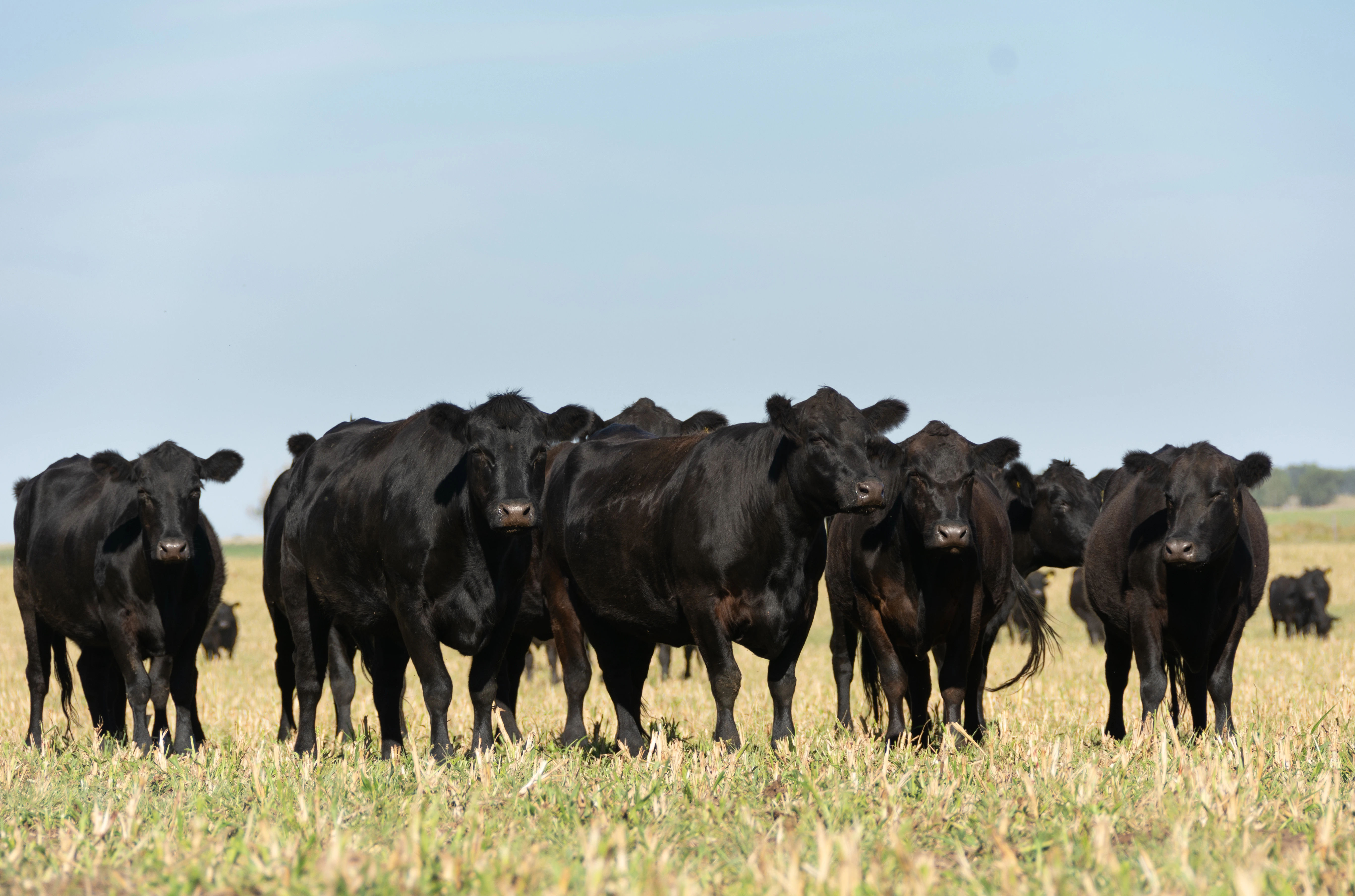
By Jared Schenkels, DVM, The Dairy Authority
Beef-on-dairy breeding has dramatically shifted the way dairy managers approach genetic and replacement-rearing decisions. In less than a decade, breeding strategies that utilize a combination of sexed semen and beef semen have eliminated the usage of conventional semen on many herds that I work with.
Using a combination of sexed semen and beef semen has many advantages including: generating high-value beef-on-dairy crosses; producing elite female replacements; and limiting the creation of low-value bob calves.
As with any new management practice, it takes a while for the data surrounding the change to produce reliable trends. One of the recent observations my colleagues and I have made in practice is that the type of calf a dam is carrying – either sexed dairy or dairy-beef cross – appears to influence gestation length to a great enough degree that it could drive management adjustments.
I collected data from 5 large Western dairy herds and plotted Previous Sire at Conception (PSIRC) versus Previous Days Carried Calf (PDCC), which represents the actual gestation length. The following table and graph summarize the results from more than 20,000 gestations.


Full disclaimer: I’m not an academic researcher. My bias is that of a clinical veterinarian. The two questions begging to be asked are: (1) why does this matter to my dairy? And (2) how should I utilize this information to execute management decisions?
Most dairies are feeding some type of anionic salt diet (DCAD diet) in the close-up period. Most close-up rations include more energy and protein than far-off rations. Additionally, some dairies are adding extra vitamin E (antioxidant). As an economic example, let’s price close-up feed at $0.15 per pound and far-off feed at $0.10 per pound of dry-matter, and assume a cow eats 30 pounds of close-up feed and 35 pounds of far-off feed.
The difference in ration cost is around $1.00 per head per day. We make money on the margins. DCAD diets are a valuable-yet-costly practice and require care to manage. DCAD diets work by pushing cows into a state of compensated metabolic acidosis to help improve calcium utilization at the time of calving.
We know that in order to experience a change in the metabolic status they must be eating close-up feed for somewhere between 7-12 days. What I track on my dairies is the percentage of cows that are on close-up feed for 14 days. If we don’t provide cows enough time on close-up feed, we run the risk of transition disease. But providing too much time on close-up feed is a costly and unproductive endeavor. Given the importance of days on the close-up ration, we need to be accurately predicting when cows enter and exit the pen.
It's fairly common practice to place cows on close-up feed 21 days prior to calving. However, we now know that cows will have different gestation lengths depending on the semen type at conception. If we assume the 282-day gestation length that I was taught in vet school, pen moves would occur around 261 DCC.
Our real-world data shows that cows that conceived to sexed semen only carry their calves on average for 274 days. Assuming a normal distribution, this means that the average cow who conceives to sexed semen will only have 13 days on close-up feed. While this is acceptable for the average cow, it provides a razor thin margin for error.
One of my clients has a motto: “complexity kills execution.” I try to think about this saying every time I develop a program. Fortunately, it’s relatively simple to account for different gestation by customizing dry pen moves in DairyComp. Dams carrying beef-cross calves could be channeled onto the transition ration a week later than their herd mates carrying sexed dairy calves.
By adjusting close-up feeding schedules based on the type of calf dams are carrying, we could potentially save thousands of dollars per year for a dairy. At the very least, it would be worthwhile to examine your own herd’s data and compare gestation lengths between dams bred to sexed-versus-beef semen.








